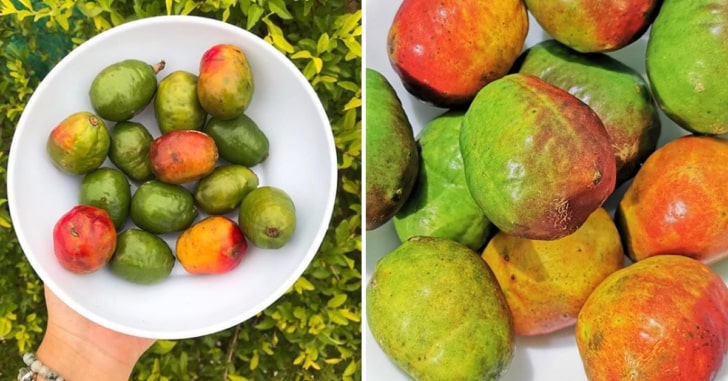In The Kitchen
9 Things You Didn’t Know About Jocote Fruit or Spanish Plum
There is a fruit commonly known under the misnomer plum.
Spanish plum (or Jocote) – has nothing to do with the plum genus or even its family. Instead it belongs to the mango family.
But still
This type of fruit is also becoming common in the United States. Therefore, leaving the name ambiguity aside, we decided to give you an idea about this fruit.
So let’s get started.
Table of Contents
1. Jocote is a Popular Central American Fruit
What is Jocote Fruit?
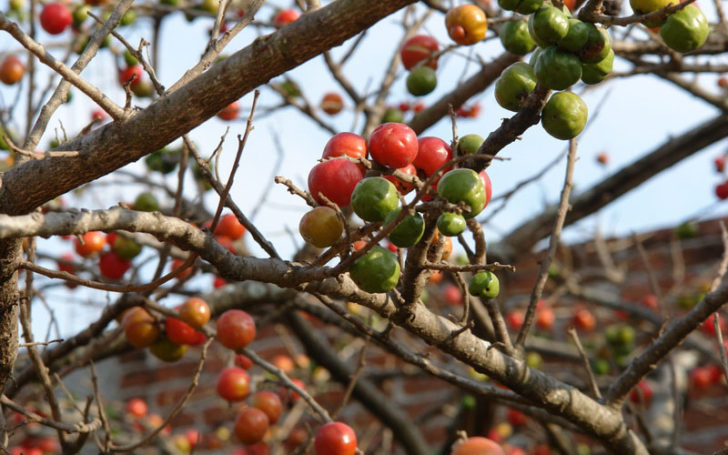
Jocote is a drupe fleshy fruit with large seeds, a sweet and sour taste, and a color between red and orange. It is either consumed fresh, cooked, or sugar syrup is made from it.
It belongs to the same family as the mango and is native to tropical regions of Central America such as Costa Rica, Guatemala, Honduras, El Salvador, and Panama.
It got its name from the Nahuatl language ‘xocotl’, a scientific classification of sour fruits in this language.
Jocote and Ciruela are Spanish names, but what do we call Jocote in English? Well, in English it is called Red Mombin, Purple Mombin or Red Hog plum and its most common name is Spanish Plum.
In Brazil it is called seriguela.
What does it look like?
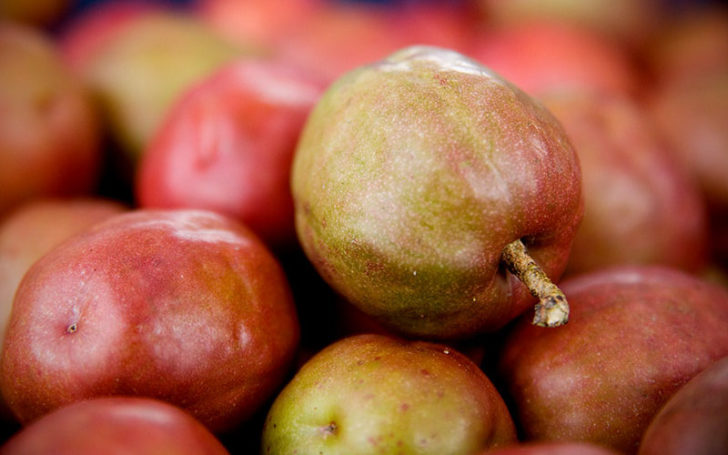
These edible fruits are green, about 4 cm long, with waxy skin and almost the size of a tomato, turning purple-red when ripe.
The pulp is creamy and turns yellow when fully ripe with a large stone inside.
It does not produce fertile seeds unless there is cross pollination.
The seed is as large as 60-70% of the whole jocote. So, you don’t get a lot of fruit when you eat it.
The average price is $5 per ounce.
2. Jocote tastes like Mango Pudding
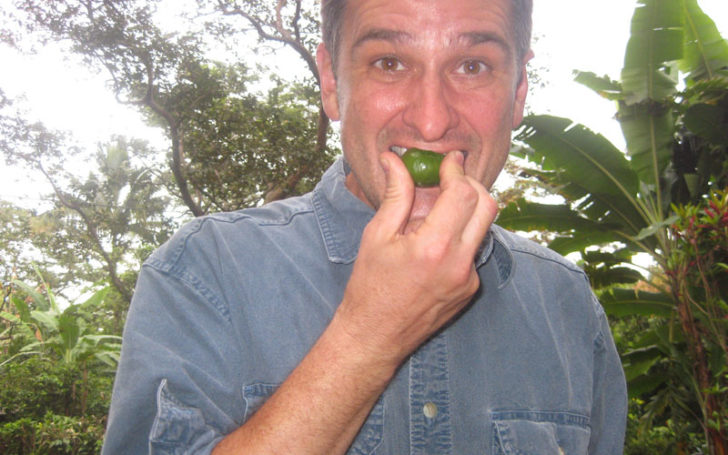
A fully ripe jocote is somewhat similar to ambarella and mango because they all belong to the Anacardiaceae family. On the other hand, green ones are sour.
It also tastes like mango pudding. But whichever way we look at it, this fruit is citrusy and sweet, that’s for sure.
3. Jocote is Native to Central American Countries
It is native to tropical regions of the Americas, stretching from southern Mexico to northern Peru and parts of northern coastal Brazil.
By naming the countries specifically, we can say Costa Rica, Nicaragua, Guatemala, El Salvador and Panama.
How to Eat Jocote Fruit?
Immature green jocote fruits are eaten with salt and sometimes pepper.
Why? Because salt balances acidity and sourness, otherwise it will taste astringent sour in the mouth.
Ripe jocotes are eaten like mangoes or plums, that is, they are cut into pieces and the stone inside is discarded.
4. Jocote Belongs to the Mango’s Family
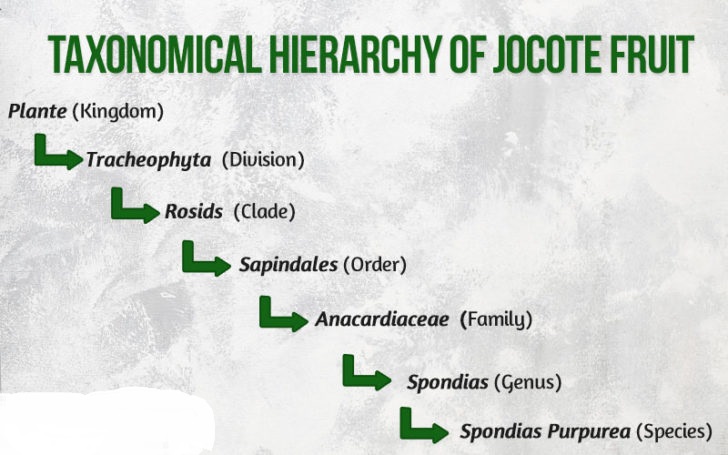
5. Jocote Trees are Big
The Spanish plum tree is a deciduous tropical tree that reaches 9-18 meters in height with a trunk 30-80 cm in diameter when fully grown.
The leaves are elliptical-ovate, up to 6 cm long, 1.25 cm wide and fall before the flowering period.
Unlike typical flowers with foliage and slender stems, jocote flowers are pinkish-red with five widely spaced petals when in bloom and are attached directly to thick stems by thick petioles.
It produces male, female and bisexual flowers.
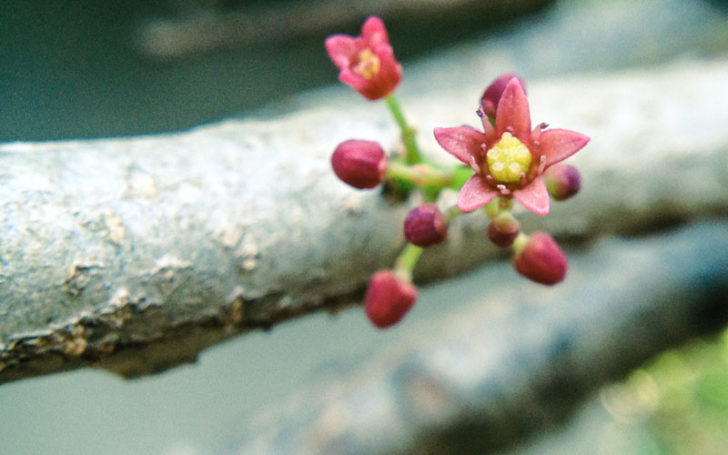
6. Jocote is a Rich source of Vitamin A, C, and B-complex
Nutritional Value
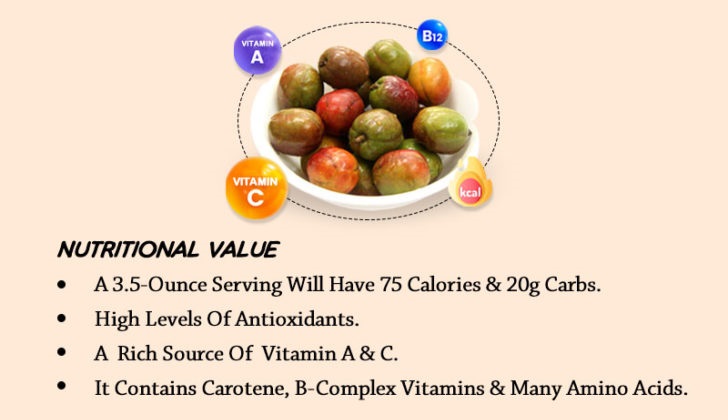
- A 3.5-ounce serving would have 75 calories and 20 g of carbohydrates.
- High levels of antioxidants
- A rich source of vitamins A and C
- It contains carotene, B-complex vitamins and many amino acids.
Interesting Facts: In Costa Rica, the Jocote tree is one of the foliage plants used as living hedges to give the appearance of what is called ‘Pura Vida’ in their terminology.
Further breakdown of the nutritional value can be seen in the table below.
| 100g of Spanish Plum has: | |
| Moisture | 65-86 g |
| Protein | 0.096-0.261 g |
| Fat | 0.03-0.17 g |
| Fiber | 0.2-0.6 g |
| Calcium | 6-24 mg |
| Phosphorus | 32-56 mg |
| Iron | 0.09-1.22 mg |
| Ascorbic Acid | 26-73 mg |
7. Spondias Purpurea Has Amazing Health Benefits
i. As an Antispasmodic

The vitamins, potassium and calcium in Spanish plum help to get rid of spasms. Spasm is sudden involuntary contractions of muscles that do not hurt but are painful.
ii. Rich in Antioxidants
The high amount of antioxidants in this fruit helps our cells fight against free radicals in the body which would otherwise cause chronic health problems such as premature aging, inflammation and cardiovascular diseases.
Other high antioxidant sources may include consuming purple tea.
iii. Rich in Iron

Jocots are also rich in iron, which helps maintain our body’s vital functions, including the immune system, maintaining body temperature, gastrointestinal processes, energy and focus.
It also helps fight against anemia.
iv. Energetic

Being alert by drinking any herbal tea is one thing, getting the energy to increase your capacity is another. The latter can also be obtained from fruits. Jocote is a great source of energy as it is rich in carbohydrates and iron.
v. Improves Digestion & Helpful in Weight Loss

It contains 0.2-0.6g of fiber and 76 calories per 100 grams, which helps to delay appetite and thus improves digestion and reduces weight.
8. Jaocote is also used for Medicinal Purposes
The primary use of this delicious creamy fruit is the same as any other fruit i.e. desserts, smoothies, jams, juices, ice creams etc.
But the leaves and bark are also useful. A few medicinal and other uses are described below:
Medicinal use
- In Mexico, this fruit is used as a diuretic (causing increased urine flow) and antispasmodic (sudden muscle contraction where a massager is used).
- Its fruit is boiled to wash wounds and heal mouth sores.
- Its syrup is used to overcome chronic diarrhea.
- The bark is boiled to treat scabies, ulcers and flatulence caused by intestinal gas.
- The aqueous extract of the leaves has antibacterial properties.
- The tree’s gum resin is mixed with pineapple to treat jaundice.
Other Uses
- The jocote tree exudes a gum used to make glue.
- Its wood is light, used as pulp and soap.
9. Jocote’s Most Famous Recipe is Nicaraguan Almibar
Nicaraguan Almibar
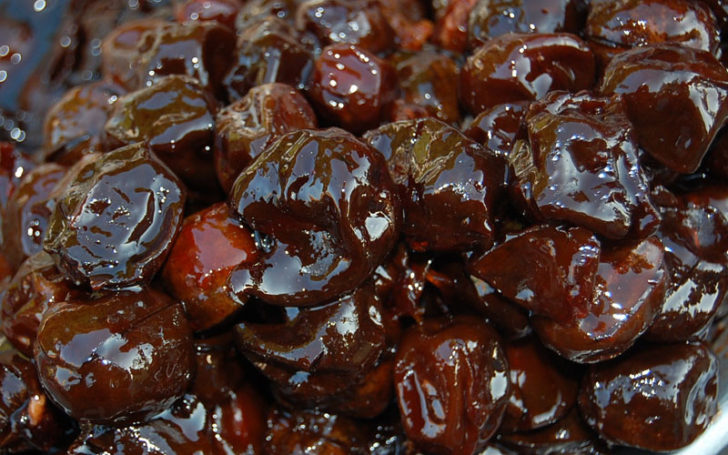
One of the popular recipes that includes the jocote fruit is the Nicaraguan Almibar. A kind of fruit syrup that we usually make from mangoes.
What is curbasá or Nicaraguan Almibar?
Traditionally called Curbasa, this Almibar has long held its name in Nicaraguan history. It is specially made on Easter days.
Famous Nicaraguan politician Jaime Wheelock Román, in his book ‘La Comida Nicaragüense’ (Nicaraguan Food), explains that the Indians who settled there had a different understanding of dessert, so a mixed culture resulted in a dessert called Curbasa.
Let’s learn how to make this traditional dessert.
Methods
Boil the jocote, currants and papaya separately. Do not stir even after boiling. For jocote, remove from heat before sponging, but for currants, let them soften, and for papaya, simmer until al dente (still firm when bitten). Once done, drain the juices and store them separately.
Kitchen Tips
Tip 1 – Wash the fruit thoroughly, preferably in a colander, before use.
Tip 2 – If you want to put the fruit in the refrigerator, use antibacterial mats.
Now boil the cinnamon and cloves in 2 liters of water. When it smells, add the pieces of rapadura and immediately after it melts, add the mango and coconut and let it simmer for another 15 minutes.
Add pre-boiled jocote, currants and papaya to the above solution, add sugar and boil for another 20 minutes.
Now turn the heat down and let it boil.
Do not forget to stir the fruits while boiling so that they do not stick to the bottom of the pot.
Boiling time should last 5-6 hours, or until the color is red wine and the sugar syrup thickens.
Tip #3 – Always wear cut-resistant kitchen gloves before cutting any fruit or vegetable.
And that’s it!
Solution
Reddish to orange-yellow, jocote or Spanish plum is a fruit you should try. It has also spread from Central American countries to Mexico and the United States, where you can also find it in the frozen section of grocery stores.
In addition to being eaten like other fruits, its medicinal uses are also popular.
Share your comments about this fruit if you have tried it yet.
Also, don’t forget to pin/bookmark and visit our blog for more interesting but original information. (Vodka And Grape Juice)

